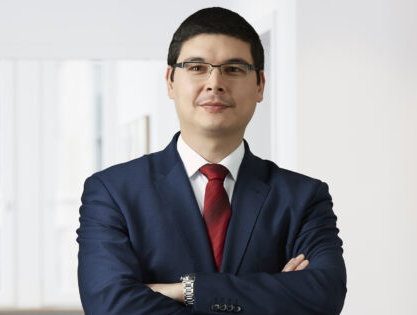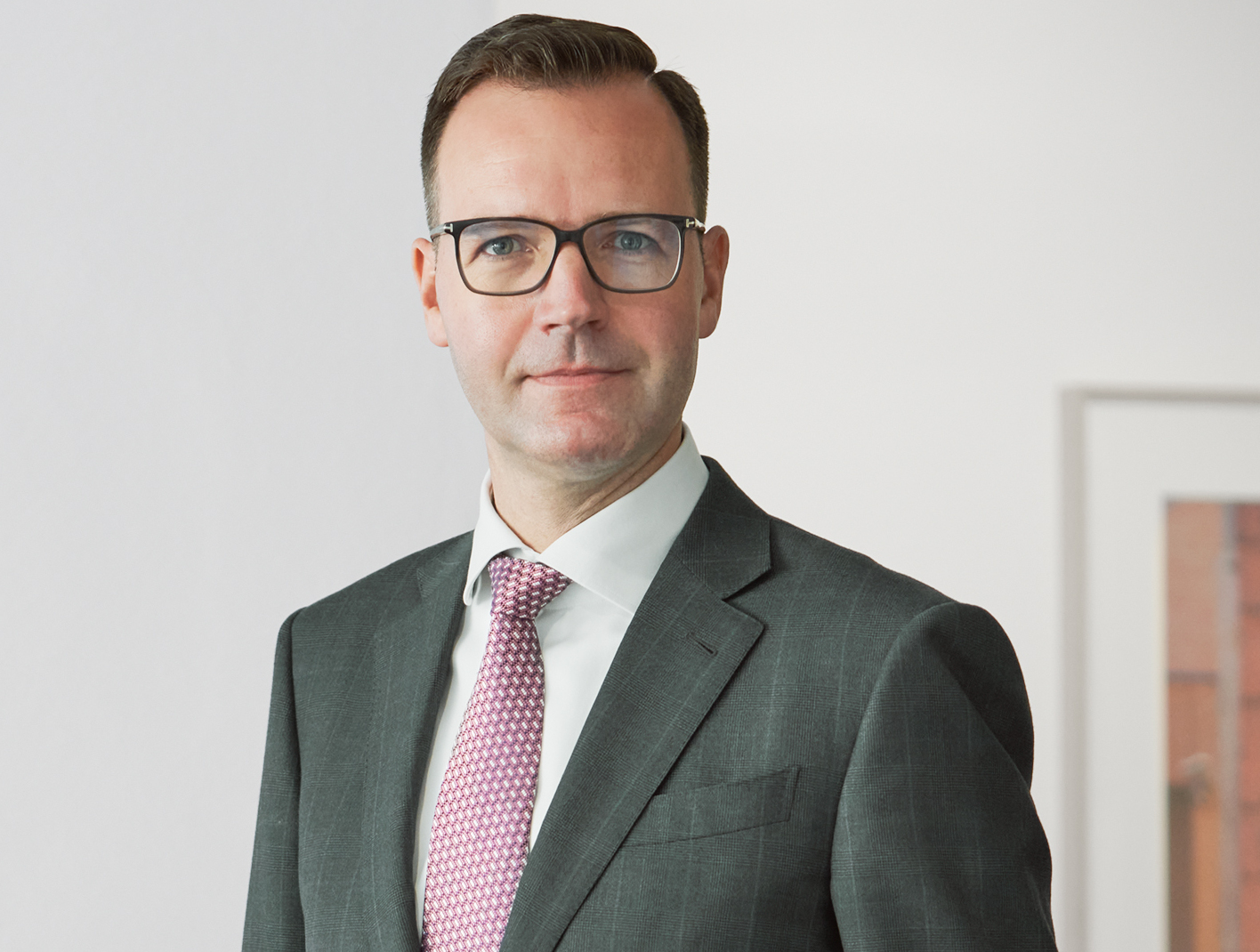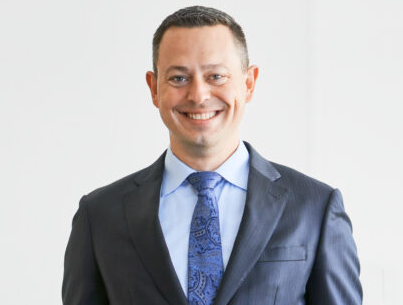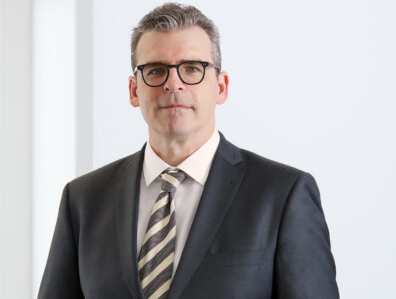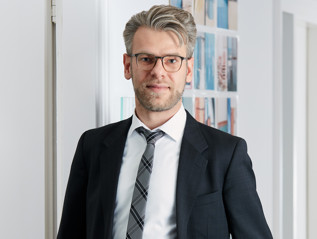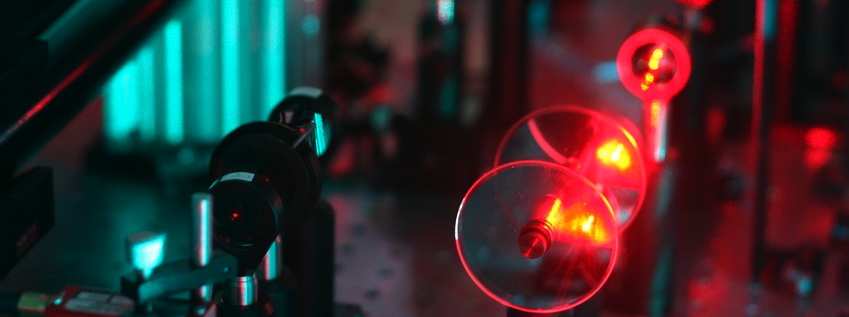
PATENTS
DTS offers a „full service“ for national or European applications and coordinates and monitors all necessary formal and legal steps. The competent and efficient prosecution results in a cost effective way for the client to protect his inventions in Europe.
DTS is sensitive to the specific filing strategy of the client. DTS can offer a fast prosecution where an early protection is sought as well as a thorough prosecution taking advantage of several divisional applications covering the different aspects of a basic invention.
DTS-attorneys teach on the subject of the European patent at the EPO as tutors of CEIPI for the training of future European patent attorneys. Thus, the clients benefit from the undisputed expertise of the DTS-attorneys.
The Swiss Patent (CH-Patent)
The Swiss patent is registered without a time consuming substantial examination proceeding – thus it can be litigated earlier. For Swiss companies, the Swiss patent is the natural option for a first application before filing international.
The German Utility-Model
Similar to the national German Patent, the German Utility-Model offers a strong protection for a comparable small budget. The time of protection is limited to 10 years. It is often called “petty-patent”. The utility-model is a so called “registered ip-right”, i.e. the patent office does not carry out a substantial examination but rather checks on formal requirements. Thus, the registration takes place quickly – usually three to six months after filing – and can then be litigated. In a lot of constellations, the utility-model is therefore an ideal completion of a patent application. Further, well known advantages of the utility model are the grace period of six months, the applicant-friendly definition of novelty, no need for designating an inventor, the opportunity to branch of different utility-models with different sets of claims of one patent application, lower fees, tactical advantages in litigation proceedings, etc.
Patent applications – whether european, international oder national (US, JP, CH, etc.) – can claim priority of a German utility-model. An interesting option for the registration of a utility-model is the branching off from a German national‑, an european or an international patent application until the grant of such an application.
Please do not hesitate to contact us in order to ask for more individual information:
patent@dts-law.com
T: +49-(0)89–219996‑0.


